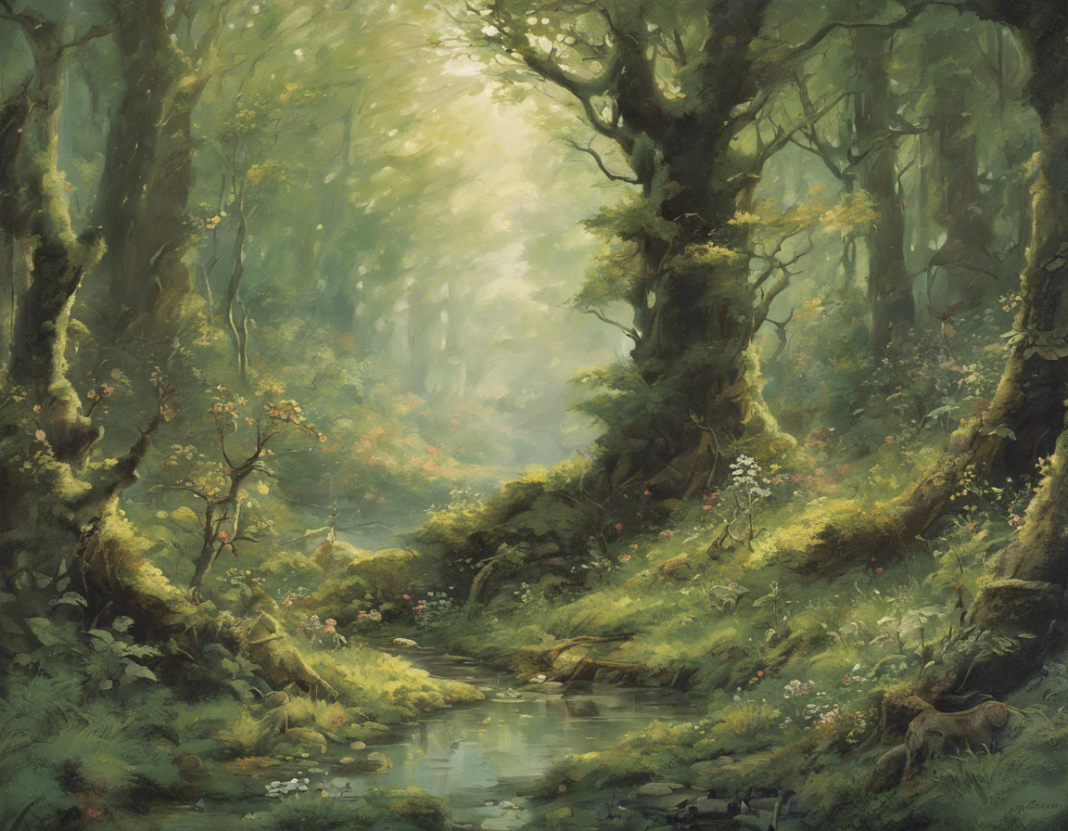Introduction
In a fast-paced world where technology dominates our lives, there is one place that remains an oasis of tranquility and beauty – the forest. Forests are not just a collection of trees; they are living, breathing ecosystems that provide a plethora of benefits to both humans and the environment. More than half of the world’s species call forests home, and they play a crucial role in regulating our climate, purifying our air, and providing us with resources such as food, medicine, and timber.
Exploring the Forest
When you step into a forest, you are entering a world teeming with life. The first thing that strikes you is the biodiversity – the sheer variety of plant and animal species that coexist in harmony. From towering trees to delicate ferns, from elusive birds to playful squirrels, every corner of the forest is buzzing with activity.
As you walk deeper into the forest, you will notice the interconnectedness of all living things. Trees provide shelter to birds, insects pollinate flowers, and fungi decompose dead matter to enrich the soil. This intricate web of relationships reminds us of the importance of biodiversity and the need to protect it.
The Healing Power of Forests
Forests have a way of soothing our frazzled minds and rejuvenating our spirits. This therapeutic effect of forests, known as forest bathing or shinrin-yoku in Japanese, has been scientifically proven to reduce stress, lower blood pressure, and boost immune function. The sights, sounds, and smells of the forest have a calming effect on our nervous system, helping us to unwind and find inner peace.
Conserving our Forests
Despite their immense value, forests around the world are under threat from deforestation, climate change, and unsustainable land use practices. It is estimated that we are losing 18.7 million acres of forests each year, equivalent to 27 soccer fields every minute. This staggering loss not only endangers wildlife and indigenous communities but also exacerbates climate change by releasing carbon dioxide into the atmosphere.
Ways to Protect Forests
As stewards of the Earth, it is our responsibility to protect and preserve our forests for future generations. Here are some ways you can contribute to forest conservation:
1. Support sustainable forestry: Choose wood and paper products that are certified by organizations like the Forest Stewardship Council (FSC), which promote responsible forest management practices.
2. Plant trees: Get involved in tree-planting initiatives in your community or donate to organizations that reforest degraded lands.
3. Reduce, reuse, recycle: Minimize your consumption of paper and wood products, and recycle whenever possible to lessen the demand for virgin materials.
4. Educate others: Raise awareness about the importance of forests and the threats they face, and encourage others to take action to protect them.
5. Advocate for policy change: Support laws and policies that prioritize forest conservation and sustainable land use practices, and hold governments and corporations accountable for their actions.
Frequently Asked Questions (FAQs)
1. Why are forests important?
Forests are vital for biodiversity, climate regulation, carbon sequestration, and providing resources and ecosystem services that support human well-being.
2. How do forests help combat climate change?
Forests act as carbon sinks, absorbing carbon dioxide from the atmosphere and storing it in trees and soil. Deforestation and forest degradation contribute significantly to greenhouse gas emissions.
3. What is deforestation, and why is it a problem?
Deforestation is the clearing of forests for agriculture, urban development, logging, or mining. It leads to biodiversity loss, soil erosion, water pollution, and climate change.
4. How can individuals contribute to forest conservation?
Individuals can support sustainable forestry, plant trees, reduce consumption of wood products, raise awareness, and advocate for policies that protect forests.
5. What are some benefits of spending time in forests?
Spending time in forests can improve mental health, reduce stress, boost immunity, enhance physical fitness, and foster a sense of connection with nature.
In conclusion, forests are not just patches of greenery; they are the lungs of our planet, the cradle of biodiversity, and our source of inspiration and solace. By cherishing and protecting our forests, we are not only safeguarding the future of our planet but also nurturing our own well-being and connection to the natural world. Let us pledge to be guardians of the forest, stewards of the land, and advocates for a greener, more sustainable future.
